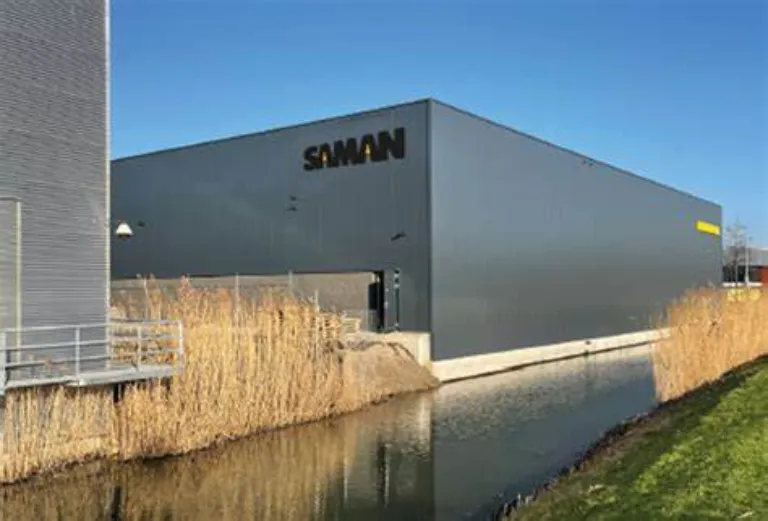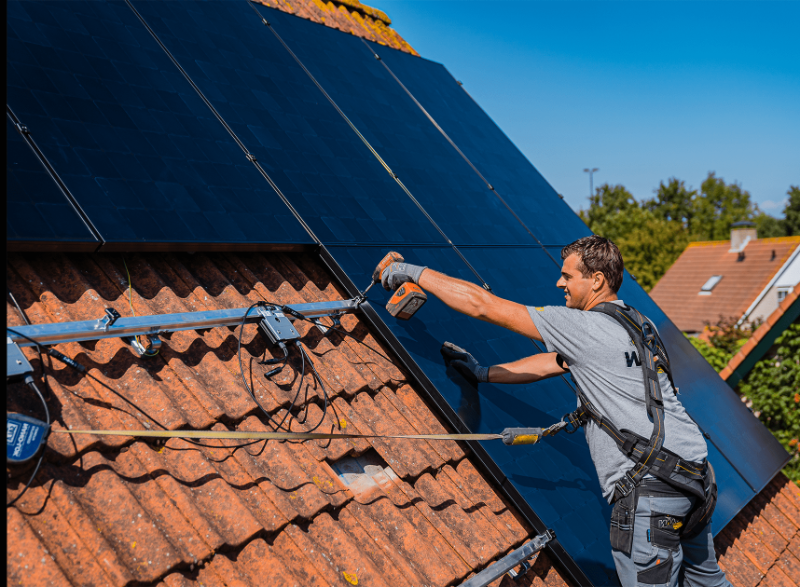From Solar to Strategy: Preparing Saman Group for CSRD Compliance

Preparing Saman Group for CSRD Compliance
As a reliable partner in the energy transition, Saman Groep offers a wide range of sustainable solutions. Since 2004, Saman Groep has been enabling people to switch to sustainable energy sources. Currently, their solar panels supply more than 15,000 households with electricity each year, and their other products, like the heat pumps, save their customers more than 1,000,000 m³ of natural gas each year. As a total installer, they are now a sustainable partner for both private and business customers, helping them take steps in the energy transition.
With the 2025 deadline approaching, Saman Groep needs to adhere to the new European Corporate Sustainability Reporting Directive (CSRD).
This directive revises and strengthens the rules around ESG reporting, and Saman Groep now faces a limited period to align with these requirements. The complexity and novelty of the CSRD present a challenge for many businesses. Good Growth Collective offers the expertise and resources to help Saman Groep navigate these challenges and achieve full compliance with the CSRD.

Installing a new CSRD framework for Saman Groep
We helped Saman with their CSRD trajectory through a comprehensive 4-step plan.
Here's how we did it.
Step 1: Setting up a CSRD team
The first step in the process is forming a CSRD team. This team is composed of representatives from various departments within the company to ensure a broad and inclusive range of opinions and perspectives.
Step 2: Double Materiality Analysis
Impact assessment: during the impact assessment potentially relevant sustainability topics are identified for Saman Groep.
Stakeholder engagement: To incorporate stakeholder opinions, an online survey is sent out. This allows key stakeholders to provide input on what they view as critical sustainability issues.
Scoring Impacts, Risks, and Opportunities (IRO): For each potentially important topic, the significance is determined based on impact and financial materiality.
Materiality matrix: Based on the scores and the established thresholds, a materiality matrix is created, which highlights the material sustainability topics for Saman Groep.
Step 3: Gap analysis
After identifying the material topics, the next step is to assess which data points are already available and which are missing. The gap analysis identifies any management, data, or disclosure gaps, ensuring that all necessary information is gathered promptly to meet CSRD compliance requirements.
Step 4: CSRD roadmap
The final step involves creating the CSRD Roadmap. This roadmap outlines the necessary next steps for Saman Groep to gather all the required data for CSRD compliance. The roadmap provides a clear overview of the actions that need to be taken to meet the compliance requirements. This roadmap serves as the second key deliverable in this process.

Results
The Good Growth Collective supported Saman Groep in advancing CSRD compliance by conducting a Double Materiality Assessment to identify key sustainability topics for reporting. Stakeholders were actively involved, shaping both compliance efforts and future strategy. A comprehensive GAP analysis revealed critical data and disclosure needs, guiding the development of necessary policies, action plans, and targets. Finally, a tailored CSRD roadmap was created to steer Saman Groep toward full compliance and enhanced sustainability performance.